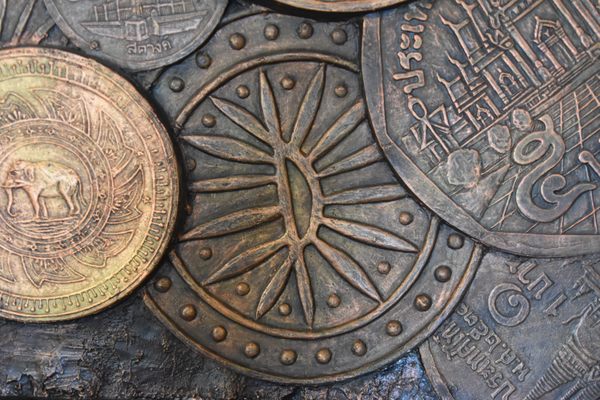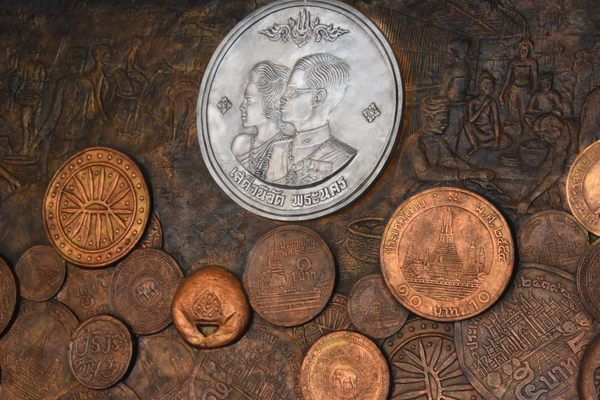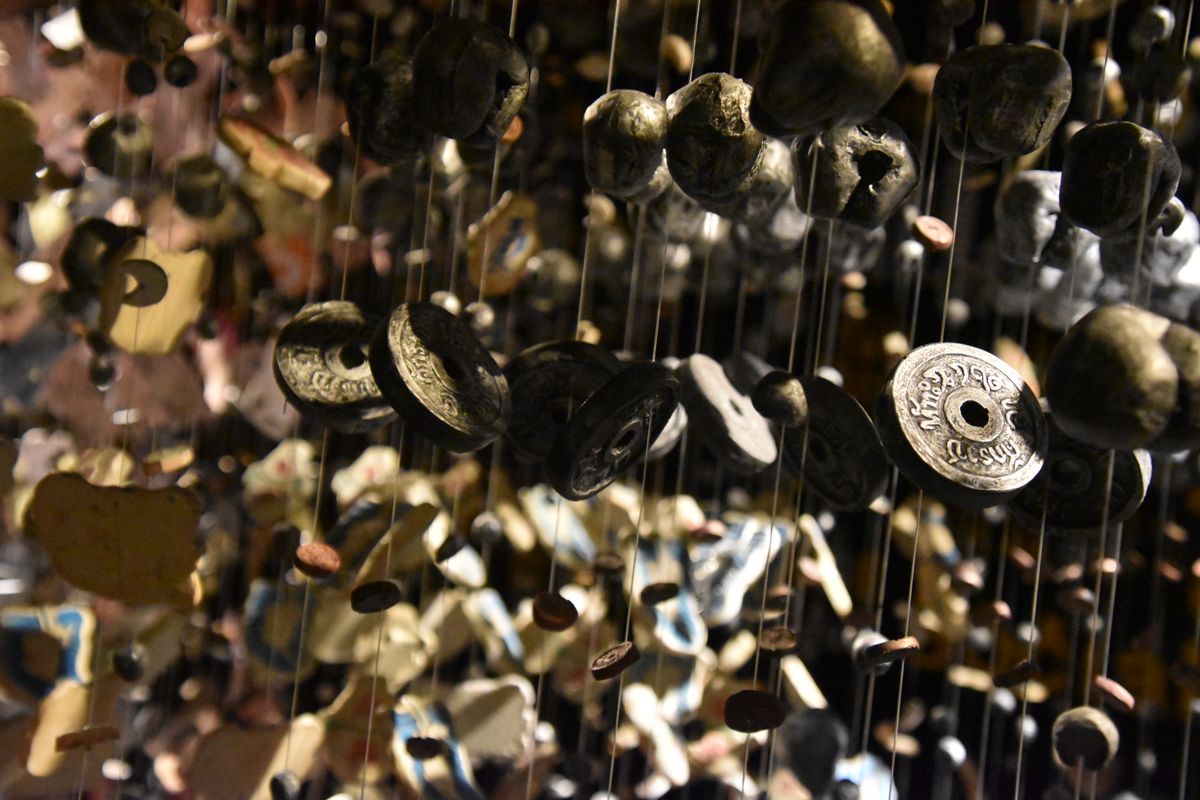About
From ancient Funan to the Siamese kingdom of the current Chakri dynasty, Thailand has had its huge share of diverse monies—a wide variety of oddities in the field of ethnographic numismatics.
At the Bangkok Coin Museum, an institution run by the Treasury Department, curious visitors can learn the fascinating history of Thai currencies. Despite its proximity to the National Museum and the Sanam Luang Park, it's a lesser-known and under-appreciated tourist attraction, making it a neat oasis from the tropical heat and sightseeing crowds outside.
At first glance, the museum seems quite small with only a single exhibit room on the first floor. There are educational panels on the general history of money, from the invention of coinage in ancient Lydia to the development of modern Thai baht. But join the regular guided tour and you'll be led into hidden chambers full of numismatic curiosities.
The tour starts in the "Beginning of Currency" room, a multimedia exhibit emulating a prehistoric cave. Played on its projection screens is a 4D-animated movie on the concept of money, from barter to the discovery of precious metals, which led to the dawn of coinage.
It is followed by a section exhibiting a variety of "primitive money," including the cross-shaped copper ingots of 19th-century Katanga, the rai stones of Yap Island, and the tin animal money of Malacca, to illustrate the diversity of the concept.
On the second floor, room after room of exhibits focuses on the history of Thai currencies, starting with the ancient kingdoms of Southeast Asia such as Funan and Srivijaya. In the late medieval Thai kingdom of Sukhothai, pod duang or "bullet money" came into common use. This was a kind of silver ingot in the form of a bar bent into a roundish shape, stamped with royal seals, and continued to be issued by the kings of Siam until modern machine-struck coinage took over in 1904.
Another oddity is the Chiang Mai tok, which was used in the Lanna kingdom in the 17th and 18th centuries. An oyster-shaped ingot of debased silver, it is often found with a blackened top with a yellowish-brown underside (or vice versa), giving it an unusual appearance. Bizarre legend has it that it was caused by the chemical reaction of the alloy mixing with egg yolk or chicken blood during the casting process.
There are also Lao silver ingots nicknamed by coin collectors as the "tiger tongue," flat coins with wrinkly flower-shaped patterns called pak chee, and porcelain gambling tokens of various shapes, from Chinese cash imitations to hexagons to cuttlefish.
The museum also showcases diverse usage of coins in folk beliefs, circulating coins from 174 countries across the world, minting processes (with a strong emphasis on coin rims), and an artistic representation of monetary evolution hung in one place like a meteoric shower, from cowries to E-banking systems all through the historical development of coins.
Related Tags
Published
September 12, 2023





































